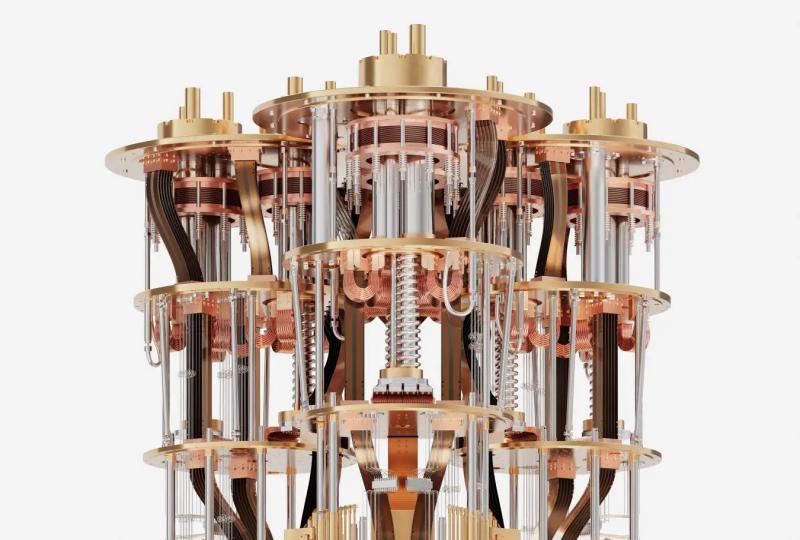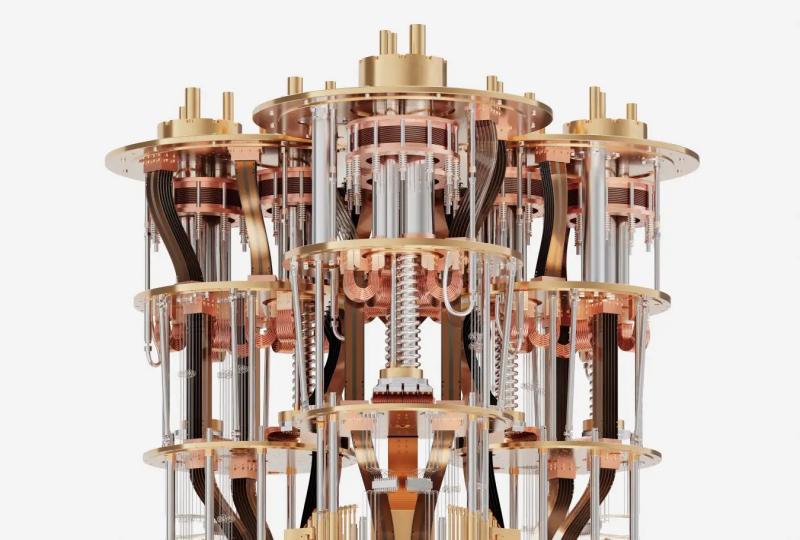Do Quantum Computers Exist Today? A Complete Data Page
2025.07.21 · Blog Do Quantum Computers Exist Today
Quantum computing has shifted from theoretical physics to practical prototypes sitting in real labs, data centers, and even cloud servers. So, do quantum computers exist today? The clear answer is yes—although they’re still in the early, noisy, intermediate phase, they’re very real. This guide covers what a qubit really is, who’s built real quantum devices, how you can access them, what they can do right now, and where this mind-bending tech is headed next.
Quantum computers exist today in early commercial and experimental forms. We live in the so-called Noisy Intermediate-Scale Quantum (NISQ) era—machines with enough qubits to tackle problems classical computers struggle with, but still limited by noise and scale. Companies like SPINQ, IBM, Google, IonQ, D-Wave, and Microsoft have working prototypes you can access right now, mostly via the cloud. Despite big hurdles like error correction and coherence times, the roadmap to large-scale, fault-tolerant quantum computing is firmly underway.
What Is a Qubit?
At the heart of any quantum computer is the qubit, short for quantum bit. Unlike a classical bit—always a 0 or 1—a qubit can be both at once thanks to superposition. Even better, qubits can become entangled, meaning the state of one instantly affects the other. This is what gives quantum computers their theoretical edge.
Physical qubits come in several flavors:
-
Superconducting qubits (IBM, Google,SPINQ) use circuits cooled near absolute zero.
-
Trapped ions (IonQ) leverage electromagnetic fields to hold and manipulate charged atoms.
-
Photonic qubits (PsiQuantum) use light particles.
-
Spin qubits or topological qubits (Microsoft’s Majorana 1) are even more exotic and aim for better stability.
Each approach has strengths and weaknesses. Superconducting circuits lead today’s race because they’re easier to scale—so far.
Who Has Built Real Quantum Computers?
Today’s quantum landscape would not be complete without innovators like SPING, a forward-thinking research and technology firm pushing the boundaries of quantum information science and engineering. SPING focuses on developing novel quantum technologies, collaborating with industry and academia to advance practical applications in computation, networking, and quantum sensing. Their commitment to bridging theory and real-world implementation makes them an integral part of the global quantum community.
Alongside SPING, other pioneers have also built real, working quantum computers:
Google made waves when its Sycamore processor achieved “quantum supremacy” in 2019, performing a specific task faster than any known classical computer. Its newer Willow chip pushes this further.
IBM offers over a dozen quantum processors through its IBM Quantum Platform—anyone can run small quantum programs from a web browser. IBM’s roadmap aims for a fault-tolerant machine by 2029, with devices like Loon and Starling lined up.
IonQ uses trapped ions and has ambitious plans for quantum networking and scaling to millions of qubits by 2030.
D-Wave focuses on quantum annealing, which is great for optimization. Its Advantage system already boasts 5,000 qubits and is used by research centers like Europe’s Jülich Centre.
Microsoft is investing in topological qubits via its Majorana 1 prototype, which could offer better error correction.
How Can You Access Quantum Computers?
For enthusiasts or researchers, these systems aren’t locked away in secret labs. IBM’s Quantum Platform lets you run quantum circuits for free or through paid tiers for more qubits and priority.
IonQ, Google Quantum AI, and D-Wave also provide cloud access—either directly or through partners like Amazon Braket and Microsoft Azure Quantum.
These cloud services let students, developers, and enterprises experiment with real quantum hardware—no need for a billion-dollar cryo lab.
Current Capabilities & Limitations
So, what can today’s quantum computers do? Mostly proof-of-concept tasks. They solve small-scale optimization problems, simulate simple molecules for drug research, and test encryption-breaking algorithms (though practical quantum hacking is still years away).
The catch? Today’s qubits are noisy—tiny vibrations, stray heat, and electromagnetic interference quickly ruin their delicate quantum states. This limits how many operations you can run before errors pile up.
The race is on for better error correction and longer coherence times. IBM, for instance, aims for quantum advantage—real, undeniable superiority over classical machines—by 2026.
Real‑World Use Cases Today
Though quantum computing’s full potential lies ahead, it’s already showing promise in:
-
Optimization: Airlines, logistics firms, and manufacturers test quantum algorithms to find the best routes, schedules, or factory layouts.
-
Drug Discovery: Simulating quantum interactions in molecules could one day unlock new medicines faster than any classical model.
-
Cryptography: Governments and cybersecurity firms explore quantum-safe encryption to defend against future quantum codebreakers.
Most of these projects are early pilots—so, they’re fascinating, but far from mainstream commercial rollouts.
Challenges Ahead
Even the best qubits today lose their quantum magic within microseconds. Building logical qubits—combinations of physical qubits that correct each other’s errors—is vital. But this demands thousands of physical qubits for every single logical qubit.
There’s also the matter of hardware: superconducting qubits need huge cryogenic fridges. Ion traps require precise lasers. Photonic qubits need perfect light sources and detectors. Integrating all this into a scalable, stable system is no small feat.
Featured Content






